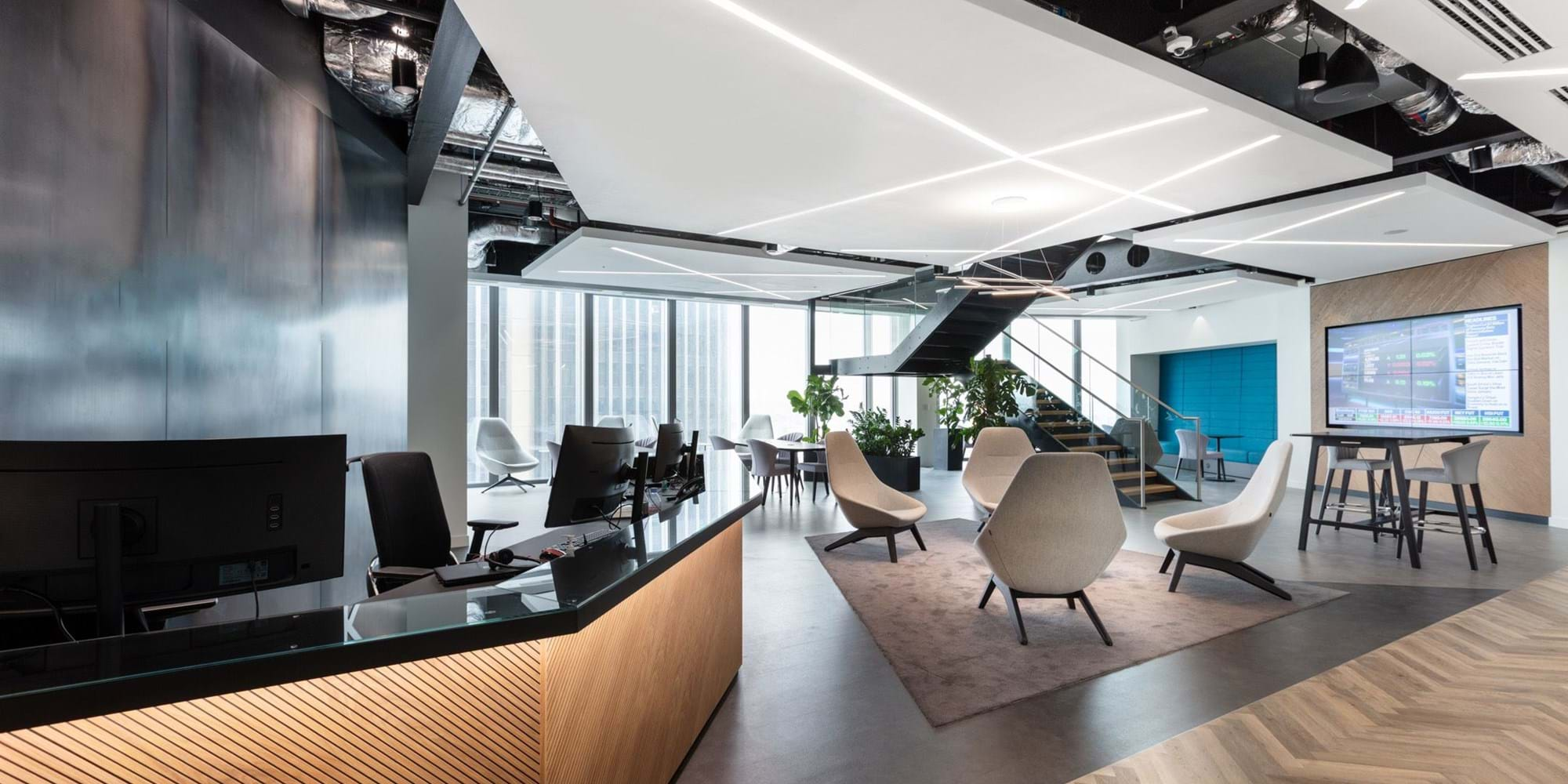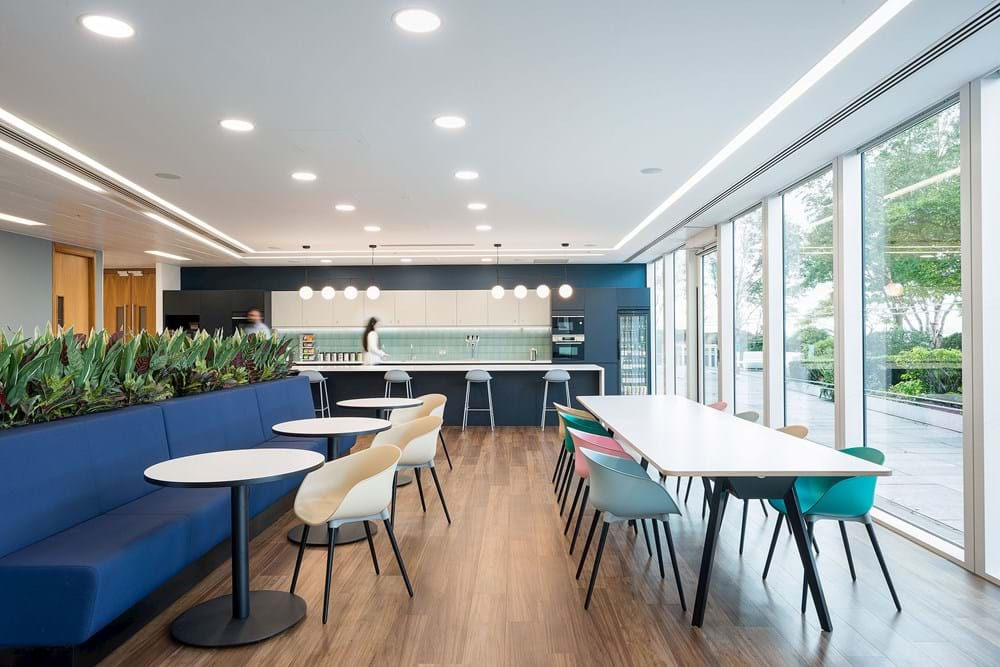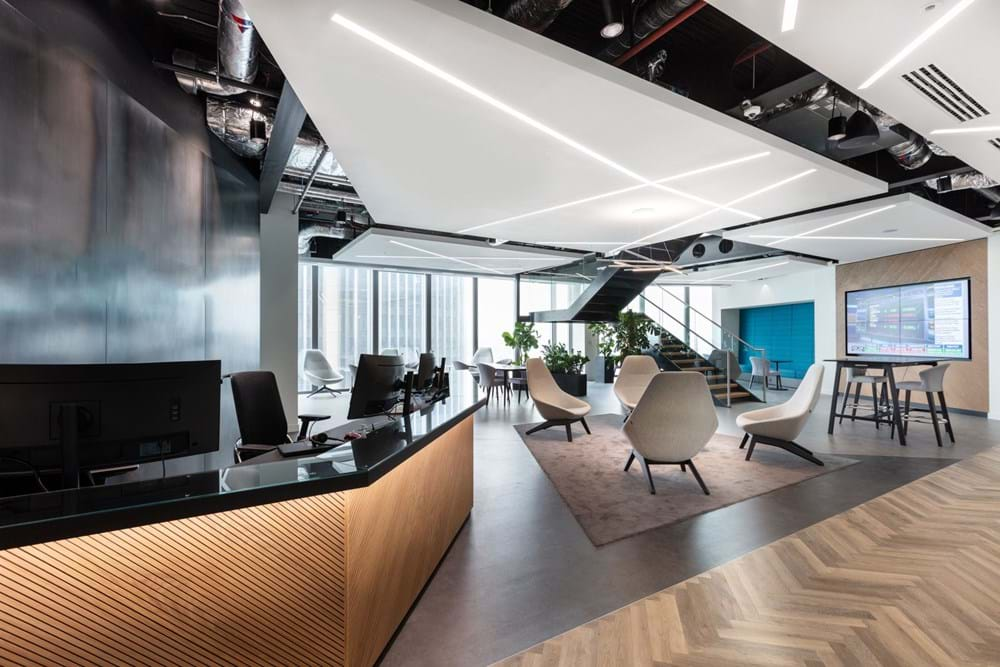Improving Your Business with Data and Analytics in the Workspace
Data and analytics have, for several years, been reshaping industry competition and the core businesses of many organisations, according to McKinsey. While a large portion of companies remain somewhat behind the curve when it comes to the full incorporation of data into the heart of corporate strategy, the organisations that do holistically integrate data into decision-making stand to reap massive rewards.
McKinsey reports that companies with the greatest overall growth in revenue and earnings receive a significant proportion of that boost from data and analytics, and respondents from these organisations are up to three times more likely to claim that their data and analytics integration has contributed at least 20% to earnings before interest and taxes over the past three years.
There is an inherent set of cultural and organisational hurdles to be overcome when implementing significant core practices associated with analytics. The lack of these practices, such as agile delivery methods and strong data practices, means that the technology in many companies cannot be scaled successfully. A data-driven culture is fundamental in building a successful data strategy, and a large percentage of the working world is still some way behind.
In the post-pandemic workspace, the use of data to provide an analytical framework is all the more important as companies seek to forge a path towards revival. Simply put, businesses cannot afford not to incorporate data more holistically into their cultures; the potential benefits in such a volatile and unpredictable time are compelling.
Collaborative area at Mitie
Workspace Analytics
Organisations can make significant, tangible changes in the use and incorporation of data and analytics to build their offices into future-proofed spaces; hubs of business culture that can weather any storm and attract and retain the best workers in the field.
One area that data and analytics can dramatically improve is in spatial optimisation within the workplace. In the current moment, the rise of mobile technology and the flexibility demanded by pandemic-induced lockdowns have dramatically altered traditional working habits. Gone are the days of bleak, monotonous rows of office cubicles; modern employees rightfully expect workspaces that fulfil many needs, and offer multi-faceted modes of working.
Because of this emphasis on flexibility, it is all too easy for large portions of the office to go unused. According to a EOCOM Time Utilisation Survey, workspaces of all kinds are occupied just 42% of the day. In the current climate, where both real estate and utilities costs are high, companies simply can’t afford to let space go to waste – particularly when it can be utilised in other ways that could positively impact the office environment.
Data and analytics are absolutely instrumental in giving managers an adequate picture of exactly how their office space is used, and how the workspace can be optimised. Crunching the data can give answers to some important questions: what spaces within the office are being underutilised? Why are employees avoiding the underutilised spaces within the office? Do meeting types match the spaces employees are booking? The list goes on and on.
This information can give a clear picture as to which spaces within the office are unnecessary, and why. In the post-pandemic world, where flexible working is the phrase of the moment and the workforce is splitting its time between the office and home, employers would be remiss to not incorporate data and analytics into their business cultures and capitalise on the valuable information that arises.
Teapoint at Liberum
An Employee-Facing Space
Employee recruitment and retention depends on the flexibility and quality of the working environment offered by an organisation. Space types within the office must be varied, and must cater towards the diverse needs of the workforce.
One need that is often cited by employees as important is privacy and quiet. An Interface.com workplace acoustic study revealed that 62% of employees suggested minimising distractions is key to being productive in the workplace.
Data and analytics can offer digestible data on noise levels and meeting room occupation within the office, allowing for the entire workforce to obtain a clear picture of the nature of acoustics in the workspace. In turn, this allows for employees to find spaces of privacy and quiet, enabled by the incorporation of data into company strategy.
Reception at 22 Bishopsgate
Data for the Future
Businesses that perform highly as data-drivers generally indicate that their managers are creating data and analytics strategies with a long view towards the future. By making data a core part of employees’ work flows, and by revolving the business culture around a focus on data and analytics, employees are inducted into an ever-strengthening, data-driven culture.
The benefits of this are myriad and tangible. Never has it been more important to imbue one’s business with data and analytics; ultimately, the understanding of this information can be vital to ensuring the health and success of your business.
Read our latest blog with our 5 technology tips for your office refurbishment here



